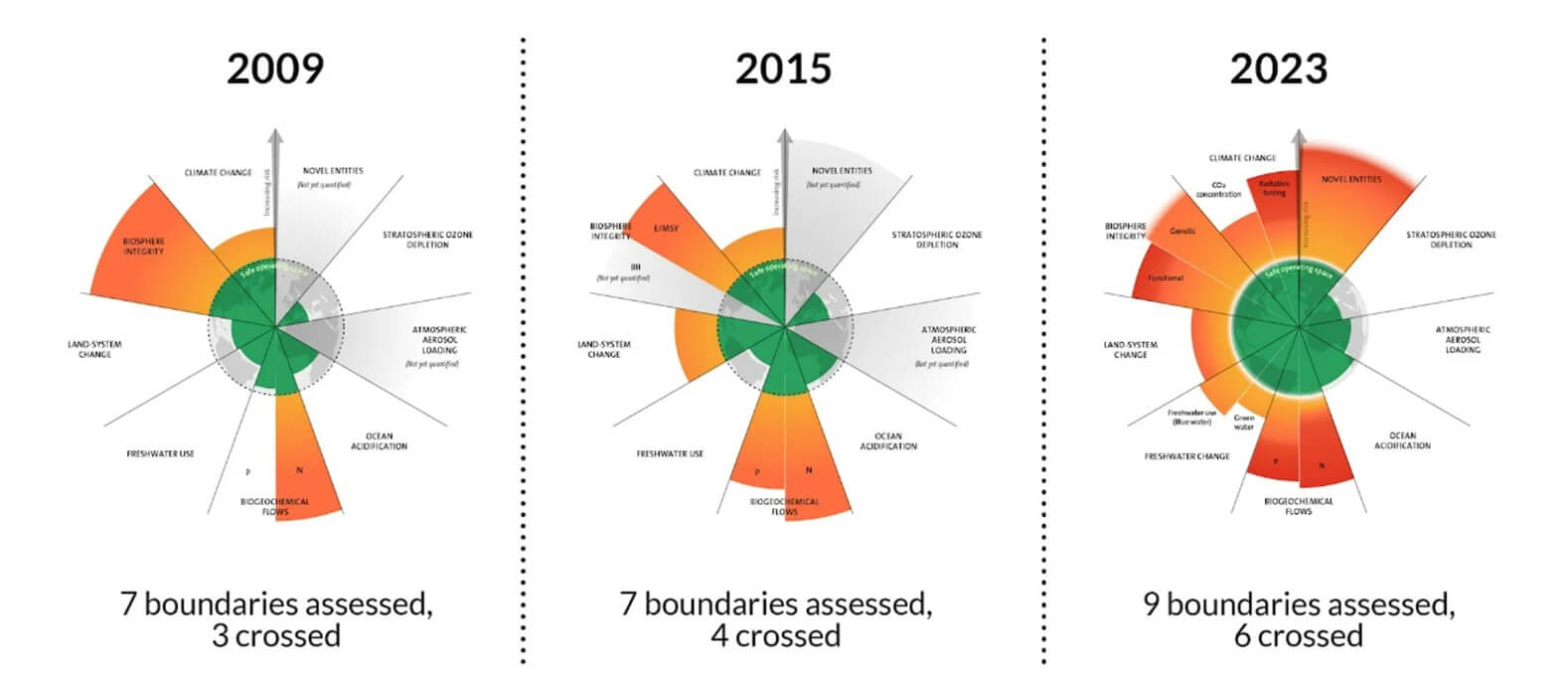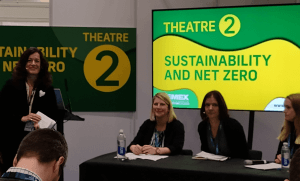My name is Madison, ESL’s new Sustainability Consultant, and their first Graduate recruit. Two months into my journey here, I have already achieved my Associate Membership with the Institute of Environmental Management (AIEMA). As I immerse myself in this new and exciting role, I want to share a key concept from my course that I found particularly compelling – the Planetary Boundaries concept.
Introduced by the Stockholm Resilience Centre (SRC) in 2009, Planetary Boundaries defines nine critical Earth system processes, the boundaries of which humanity must live within, to ensure a ‘safe operating space’. If these boundaries are exceeded, sustainable development becomes impossible and places risk on the future of both people and our planet.
Fast-forward to the latest update by Richardson et al., (2023), and the reality is eye-opening. Six out of the nine boundaries have already been exceeded, with increasing pressure upon the remaining three. The progression of our status over time can be seen in the image, with Richardson et al., (2023) being the first to analyse all nine systems. This progression signals potentially irreversible environmental change; reinforces the urgency of taking action to limit our impact on the Earth’s systems and serves a reminder of the “why” behind our work in environmental consultancy.
A concept that complements the Planetary Boundaries framework is Doughnut Economics by Kate Raworth. This model visualises sustainability as a balance between social foundations (e.g. health, education and equality) and environmental ceilings (i.e. the Planetary Boundaries). The framework aims to ensure that economic activity meets human needs, without exceeding ecological limits. Together, these concepts highlight the interconnectedness of human and Earth systems, reinforcing the need for holistic and sustainable decision-making. We practice this in our work at Environmental Strategies, offering support to businesses in developing their sustainability strategies and helping them to consider both people and planet in their strategic decision making for the future. Please contact us for more information related to our sustainability planning services.
Image : Azote for Stockholm Resilience Centre, Stockholm University. Based on Richardson et al. 2023, Steffen et al. 2015, and Rockström et al. 2009




